
9 minute read
In Retail Cash is King
Here’s How To Plan For Positive Cash Flow
by Jennifer Abraham Rust, Creative Profit Planning
While we all want to think that the most important part of our toy business is the products we sell, the fact is that having the best toys to offer is just the beginning. Regardless of the type of retail business that you are running, cash flow is a critically important aspect of business success. Without an understanding of how to make your business cash flow positive, the viability of your business is in jeopardy no matter how fabulous your products are.
Although we don’t have a functioning crystal ball that can fully forecast cash flow (Magic 8 Balls don’t count!), by understanding
the variables involved, we certainly can forecast cash flow at least 3 months at a time. There are plenty of ways to take cash flow variables into account and properly prepare your business for fluctuations in your cash flow. By analyzing these variables, you can identify patterns and turn those patterns into a strategy to for keeping your business cash flow positive.
Understanding the Variables
There are four primary variables that affect cash flow in a retail business. Let’s take a deeper dive into each.
1. Sales: For purposes of cash flow planning, sales would be the amount of actual sales dollars (net of any discounts) you expect to flow into your bank account in the month. And although the world may still feel uncertain, we can set sales goals based on prior years (same month) sales, and how sales have been trending in recent months (is business up or down?) 2. Expenses: Use your profit and loss statement or work with your accountant to determine what your forecasted monthly expenses are going to be. There are fixed monthly expenses that will be the same each month, for example, rent, certain utility payments, a manager’s salary, etc. In addition, you have some expenses that should vary greatly depending on expected sales volume, for example, credit card fees and selling payroll. Keep this in mind when forecasting monthly expenses. 3. Debt Payments: I find that this is something most miss when attempting to put together a cash flow forecast because principal debt payments never appear on your profit and loss statement. These payments would include the principal payments you make on any loans or lines of credit whether to an individual or a financial institution. In addition, be sure to include any principal payments you plan to make on old credit card debt. 4. Inventory Purchases: This is by far your single largest variable. Once you have forecasted your sales, use that flow to forecast your inventory purchases. (hint: expect your inventory to peak slightly ahead of your sales. For example, if
December is expected to be your largest volume sales month, your inventory should peak in November before declining as sales rise.). This number should represent the payments you will make for inventory purchases to vendors in that month.
Remember to include purchases made on credit cards as well.
All four variables need to be forecasted and controlled in order to strategically manage your cash flow. To do that, you must keep your books and records up to date and meticulously accurate. Whether you use Quickbooks or some other bookkeeping software, current and proper tracking of sales, expenses, and invoice due dates are critically important when trying to properly forecast cash flow. This becomes even more important in the toy
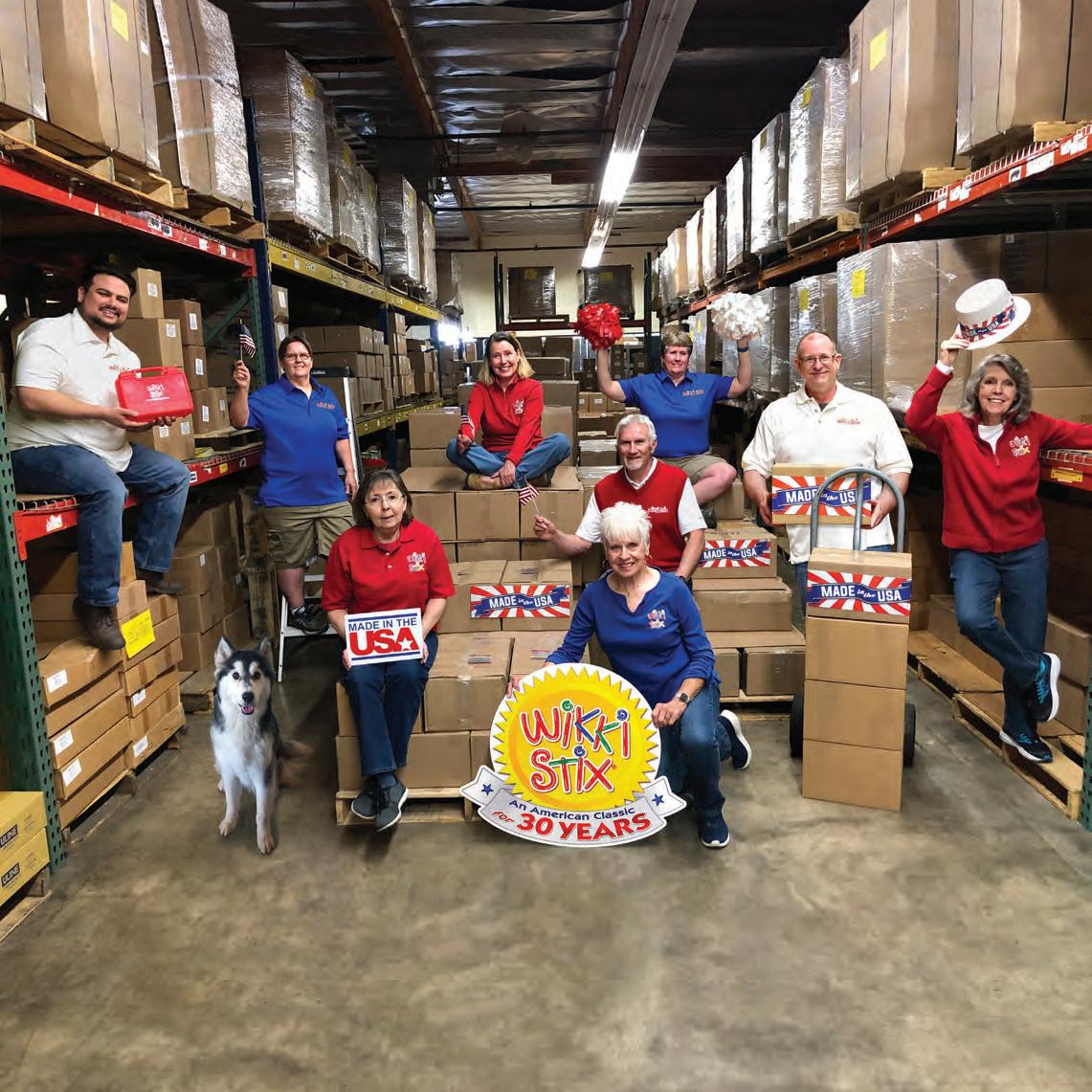
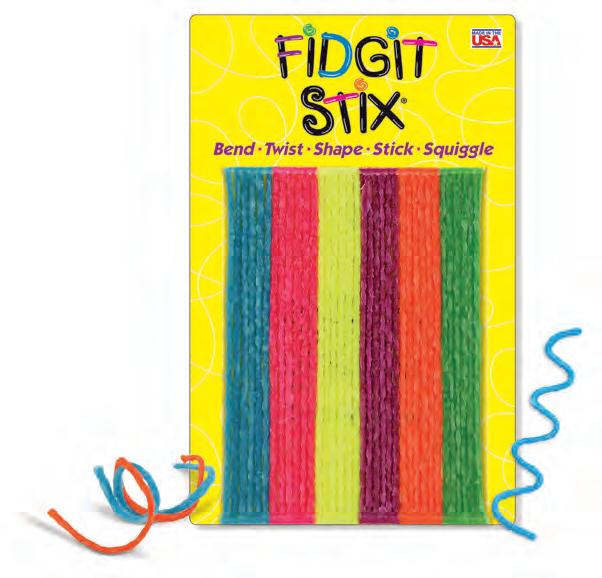
business where extended dating on vendor invoices can come into play often.
Profitability vs. Cash Flow
I hear it often… “My accountant told me my business was profitable last year, yet I have no money in the bank to show for it. How can that be??”
To understand the answer to this question, one needs to understand the difference between Cash Flow and Profitability.
Cash flow is defined as the dollars flowing in and out of your business, while profitability is the net financial gain that your business experiences over time. The fact is that you can have a negative cash flow but still be profitable… but that’s not the best way to run your business, and long term will end in depletion of cash reserves or an increase in debt. At the end of the day, cash flow is the pinnacle of your business’s success.
To determine profitability, your accountant will take net sales, subtract “cost of goods sold” and all expenses which will not include debt and credit card payments discussed above. The result will be your profit for the period. However, cost of goods sold is one of the most misleading metrics in retail! Cost of Goods Sold is the actual cost of the goods you sold in your store during that period. It does not take into account what you actually
purchased, and how much of what you purchased is still sitting unsold in your store.
When forecasting cash flow, you will take net sales and subtract “cost of goods purchased” and then all cash expenses including the debt and credit card payments discussed above. The cost
of goods purchased is the actual amount of money you
spent on acquiring new merchandise in that period. That means the money you took out of your bank account or charged to a credit card to buy merchandise for your store in that period, regardless of whether it sold or not.
The difference between “Cost of Goods Sold” and “Cost of Goods Purchased” will most likely be the primary cause of a “profitable” business having negative cash flow. Cost of Goods Purchased is your largest variable. Of course, you need to keep your shelves stocked and merchandise moving in order to do good business, but it’s easy to see the cost of goods purchased simply as the cost of doing business rather than a controllable number.
The Benefits of Cash Flow Forecasting
In my own experience, I’ve found that the most successful business owners plan their cash flow for 12 months at a time. This gives them a clear picture of their cash flow peaks and valleys over the course of the year which can suggest different times of the year when negative cash flow may be expected, giving the business owner time to prepare or adjust for that. Each month the plan can be updated for actual sales, cost of purchases, expenses, and debt payments.
If forecasting 12 months feels daunting in a world of uncertainty, try it for just 3 months at a time to get started.
Cash flow forecasting is particularly useful for toy store owners, as you build up your inventory for the holiday season. Planning your cash flow including sales, purchases, expenses, and debt will help to guide you as to how much to buy at market for your holiday season. You also want to prepare for shortfalls in cash flow that can be particularly difficult to manage while you are building inventory ahead of your busy holiday season.
Once you can see where your cash shortfalls may exist, you can better prepare by requesting extended dating from vendors or arranging for short-term borrowing on your line of credit. The forecasting process will allow you to proactively adjust and prepare for a shortfall, rather than being caught off guard.
How to Forecast Cash Flow
To forecast your cash flow, you will want to start off with a spreadsheet that incorporates the following:
1. Forecasted Sales 2. Forecasted Purchases (open to buy) 3. Forecasted expenses 4. Forecasted debt payments
Here is an example of how to set it up.
Month
Beginning Cash Balance Plus: Forecasted Sales
Less: Forecasted Inventory Purchases Less: Forecasted Expenses Less: Forecasted Debt Payments Equals: Ending Cash Balance
January February March
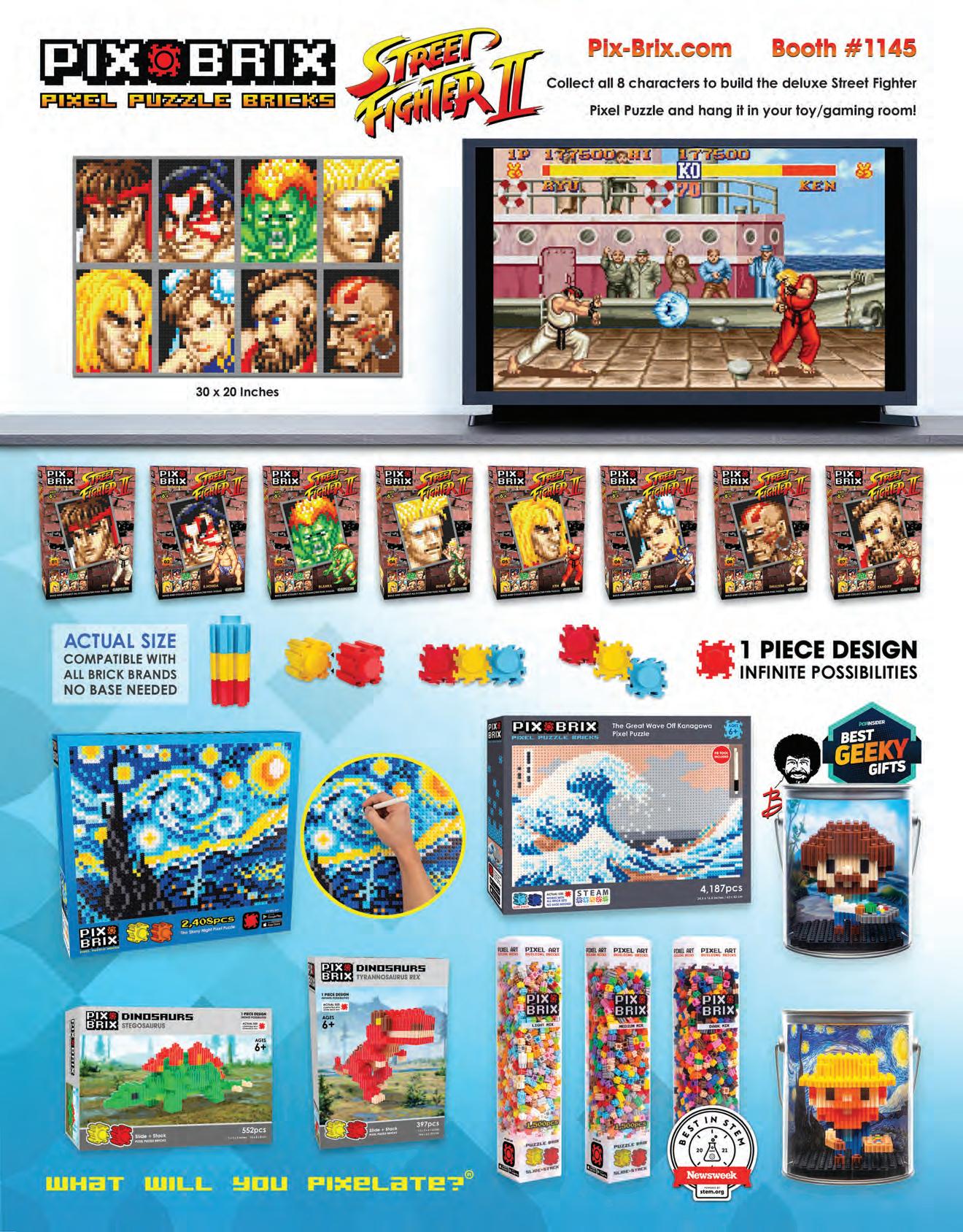

In the current retail climate, due to pent up demand for product coupled with supply chain shortages, stores can do the same amount of business with less inventory right now. In general, consumers need less selection in order to make a purchase. By rotating new, fresh, and different products onto their shelves, store owners can keep consumers interested, excited and buying. This means investing less dollars in inventory and turning it quicker which improves cash flow and gives you a higher return on your investment.
Forecasting and planning your sales, inventory, expenses, and debt payments if done on a monthly basis to help control and manage your business can transform your business from one that is struggling to meet financial obligations into one that is thriving and building its bank balance.
To hear more about how you can maximize the cash flow in your business, visit Jennifer’s presentation on August 5th at the ASTRA Academy in Minneapolis. For a 12-month cash flow template, email Jennifer at Jennifer@ creativeprofitplanning.com. Jennifer Abraham Rust is the CEO of Creative Profit Planning, a management consulting and inventory planning firm helping Toy and Baby store owners maximize their profit and cash flow. As a former retail store owner and CPA, Jennifer has lived and breathed what store owners experience every day. In her consulting and inventory planning practice, Jennifer guides store owners to positive cash flow in their businesses. Her signature course Retail Roadmap to Financial Success has helped many toy store owners understand what steps to take to find more cash in their businesses. Jennifer is a frequent speaker at ASTRA and other Toy and Baby industry events and a proud affiliate of Management One. To reach Jennifer, email her at jennifer@creativeprofitplanning.com. To learn more, visit creativeprofitplanning.com or join her group for toy store owners on Facebook at http://facebook.com/groups/kidsandtoystorechiefs.
ASTRA
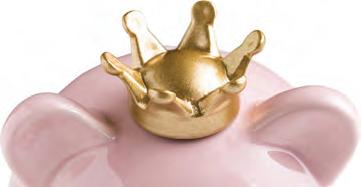
#3320
2019 Ford Mustang Tuning Set - 3314
#3319
Service station with 2019 Ford Mustang with 2019 Ford Mustang - 3313 #3318
2017 Ford F-150 Raptor Set, 3 in 1 - 3312
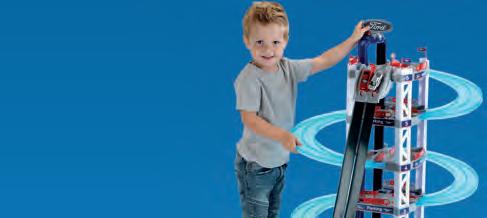

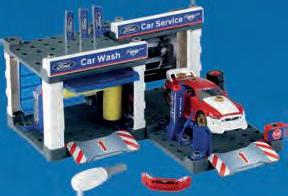


#3315

Ford Car Park 4 levels - 3305 with 2 cars
68 cm 26.8 inch 55 cm 21.7 inch
100 cm 39.4 inch 55 cm 21.7 inch
#3316
Ford Car Park 6 levels with looping and ramp - 3310
Ford Motor Company trademarks and trade dress used under license to Theo Klein (H.K.) Ltd.










